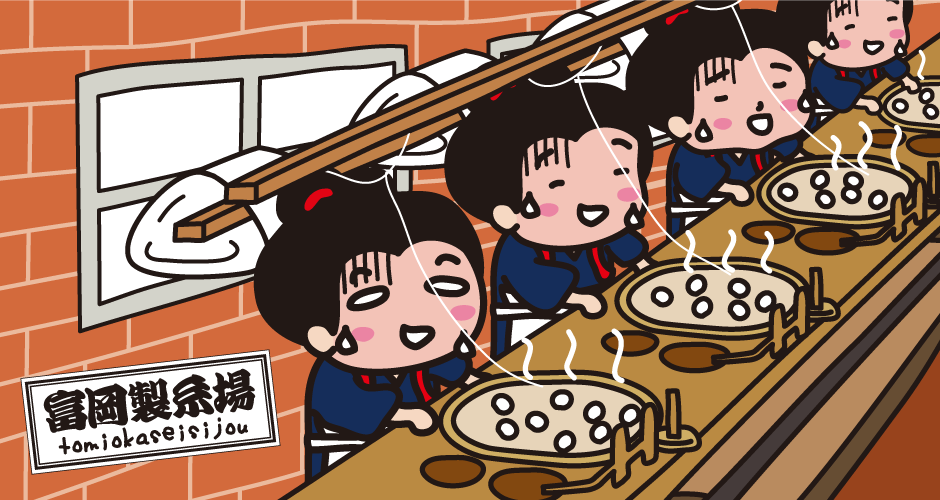What is the common keyword for the World Heritage Site “Tomioka Silk Mill” and DIY? The hints are “Flemish Bond” and “English Bond”.
In 2014, “Tomioka Silk Mill” in Tomioka City, Gunma Prefecture was registered as a World Heritage Site. At the end of Edo era when was immediately after opening the country, raw silk was Japan’s important product. In order to improve the quality of raw silk and its mass production, “Tomioka Silk Mill” was the machine filature factory established by Meiji government. At that time, it was the largest silk-reeling factory in the world.
Its operation started in 1872. The management organization changed several times from the government to the private, but it continued to operate through Meiji, Taisho, Showa era and the wartime. However, the demand of raw silk decreased with changes of times, and the operation was stopped in 1987. At that time, 115 years of history of silk-reeling factory ended.

When visiting Tomioka Silk Mill, it is impressive that there are many exotic buildings with brick walls. The main building of Tomioka Silk Mill adopt the Western architecture called “timber framed brick construction” which build walls with bricks on wooden frames. However, it combines Japanese technology with Western technology. For example, it was roofed with Japanese tile. Japanese tile craftsmen built it by learning how to make bricks from the French technician, but the burning temperature of bricks was low, so the bricks at Tomioka Silk Mill are characterized by being orange instead of red.
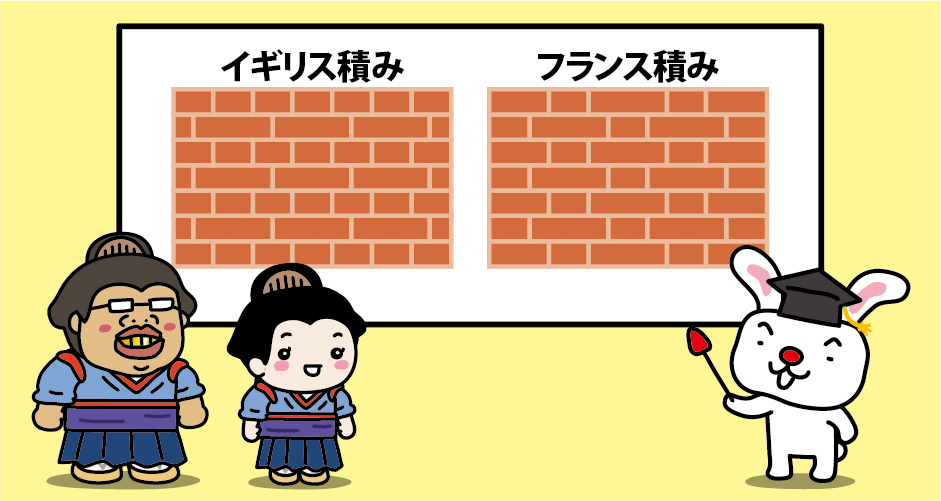
The way of laying bricks at Tomioka Silk Mill is called “Flemish Bond”, and it lays long side and short side of bricks in turn. This laying method looks beautiful, but fragile. In Japan, this method has been widely adopted to buildings in the early Meiji era, but after the middle of Meiji era, strong “English Bond” has become the mainstream.

At Tomioka Silk Mill, guide tour (it takes about 40 minutes) is conducted at fixed time every day. Also, if you would like to tour the site freely at your own pace, “audio guide device” is also available. “Audio guide device” is available for Japanese, English, French, Chinese and Korean.
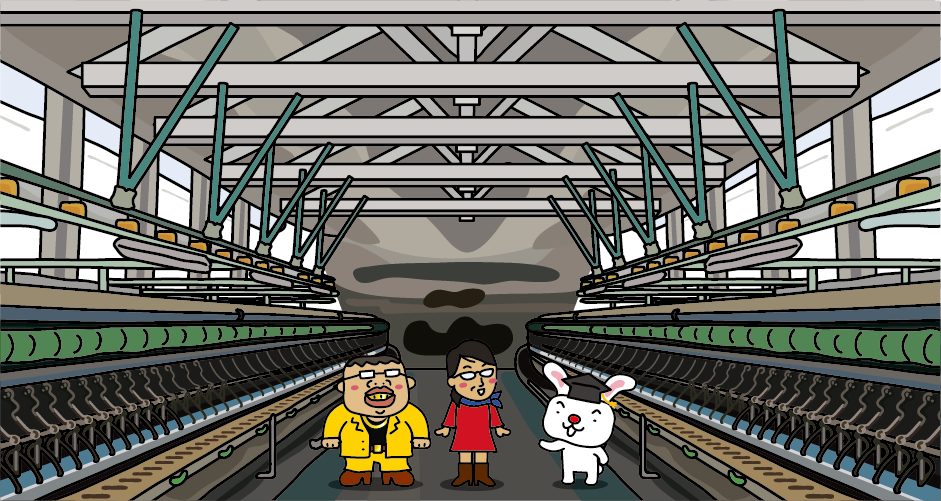
“Silk-reeling plant” built in 1872 is the work place where raw silks were taken from cocoons. At that time, it was a huge building of about 140m in length, 12m in width and 12m in height. The small roof used construction method called “truss” that has not been used in Japan and it made possible for building to keep a large space without pillars in the center of the building. Silk-reeling plant is designated as a national treasure.
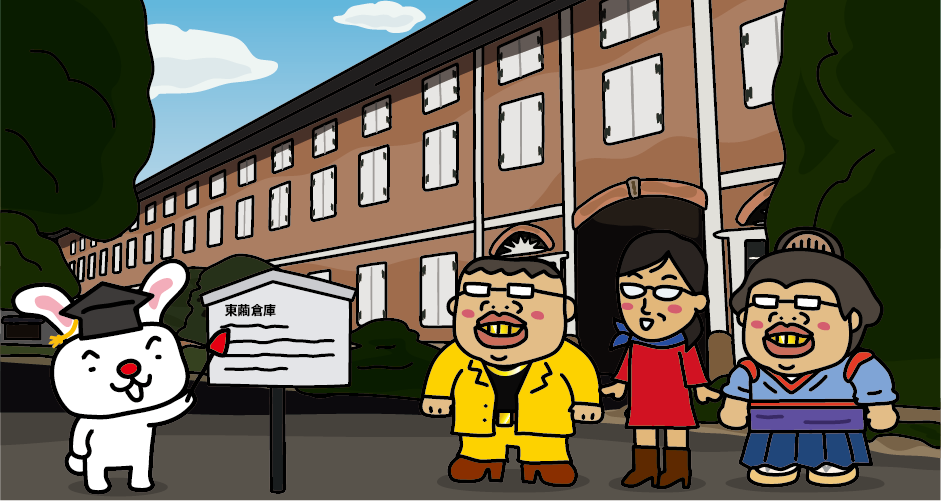
Tomioka Silk Mill has east and west warehouses to store cocoons. “East Cocoon Warehouse” is located just after the main gate of Tomioka Silk Mill. The letters of “Meiji 5”, the year of completion of the building is inscribed at the keystone in the center of the arch. It was built in a rush job of 1 year and half, but it is still preserved as it was at that time and you can also tour the inside. East and West cocoon warehouses are designated as National Treasures.

On the ground floor of “East Cocoon Warehouse”, there is an exhibition hall and the restored French-style reeling machine at the time of government operation is exhibited. At there, a demonstration is also given. (Monday to Friday, morning and afternoon except for holidays.)
At the time of its foundation, 300 reeling machines were installed at silk-reeling plant and 300 female operatives worked at there.
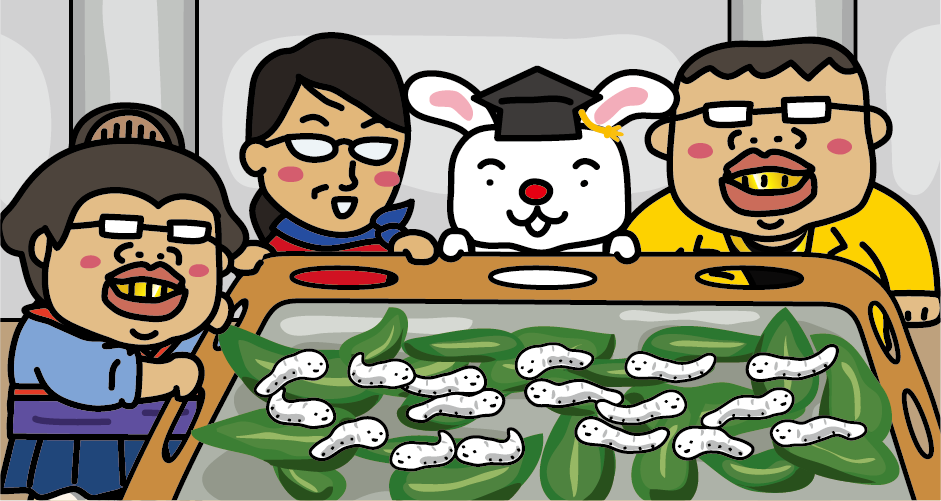
At East Cocoon Warehouse, you can observe silkworms throughout the year. Silkworm is a complete metamorphosis insect like butterfly which has growing stages of egg, chrysalis and imago. Silkworms grow by eating mulberry leaves. The imago of the silkworm is “Moth”.

The director’s house (Brunat house) of Tomioka Silk Mill is a resident where Frenchman, Paul Brunat and his family lived. At the time of establishment, he was hired as a leader. It is made of bricks on wooden frames and it has raised-floors and corridor style veranda. It was built in 1873. It is important cultural properties of Japan. After Brunat left, this building was used as a night school and dormitory for female operatives from 1880. Its inside is private.
Access to Tomioka Silk Mill
It takes about 1 hour from JR Tokyo Station to JR Takasaki Station by Joetsu or Hokuriku Shinkansen. Transfer to the Joshin Railway Line at JR Takasaki Station and it takes about 40 minutes to Joshin Railway Joshutomioka Station. From Joshutomioka Station on the Joshin Railway Line, walk about 15 minutes to Tomioka Silk Mill.
